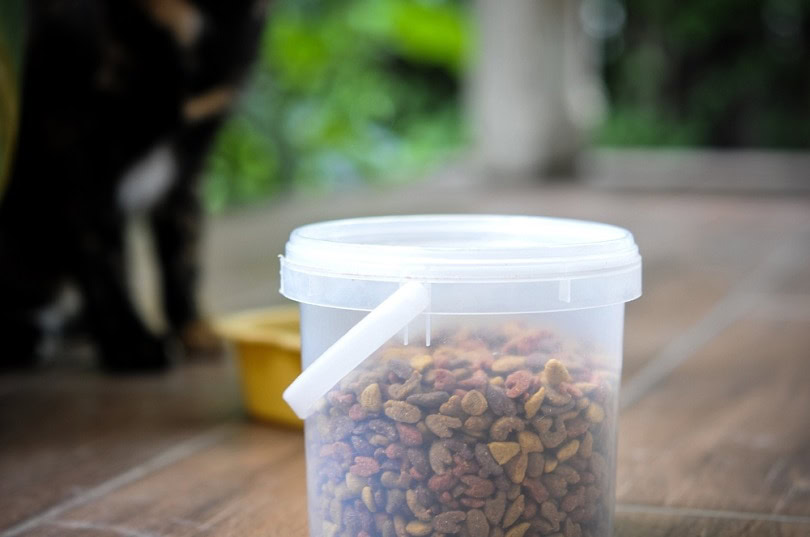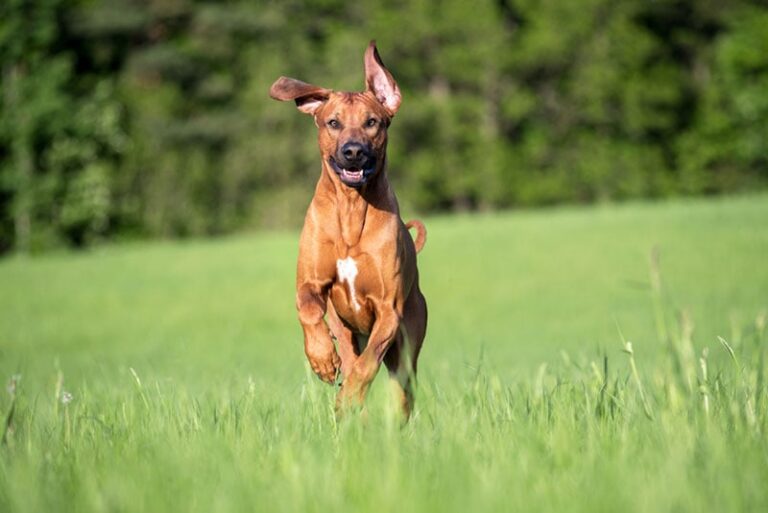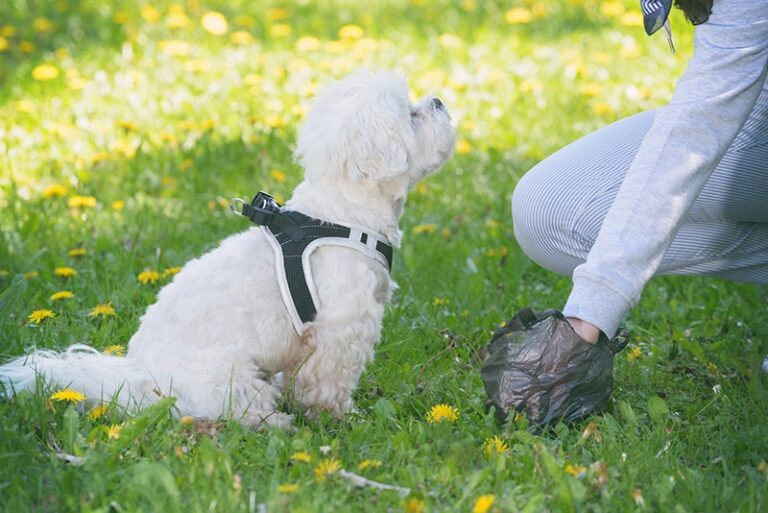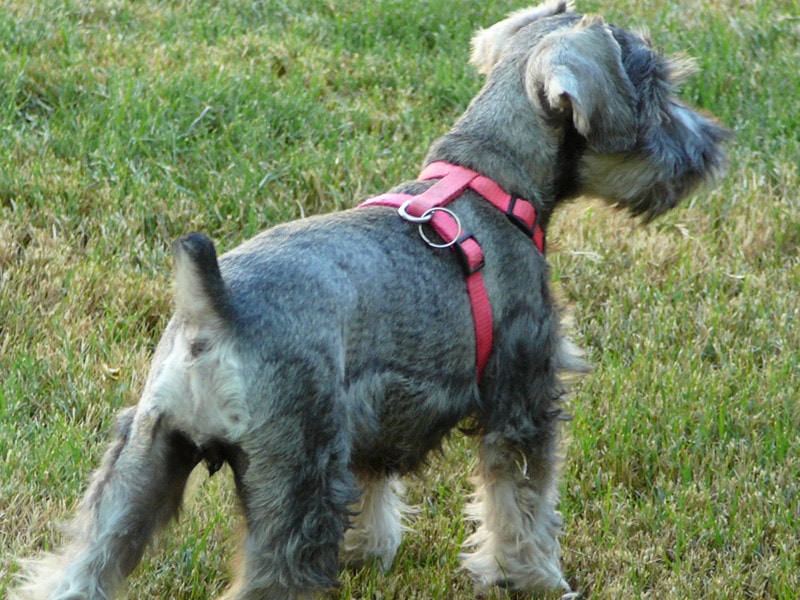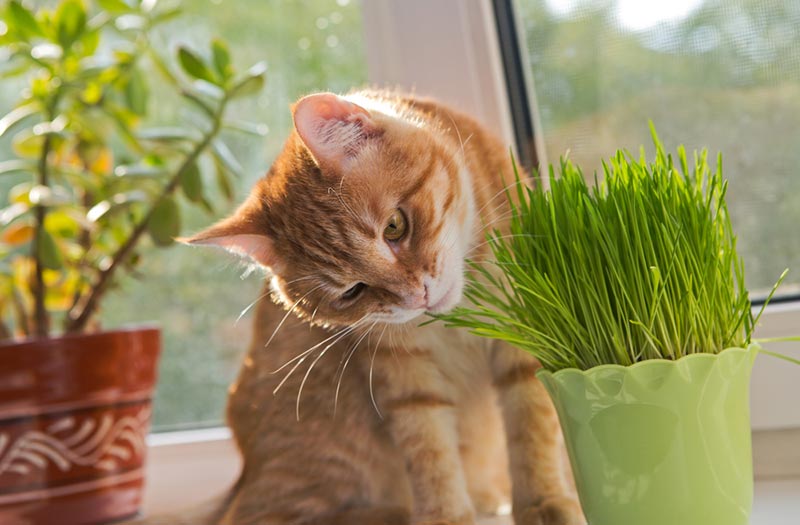VET APPROVED

The information is current and up-to-date in accordance with the latest veterinarian research.
Learn more »When you’re looking for a good place to store your dog’s food, you might not realize there are a few things to consider first. Whether the food is wet or dry, canned or in a sealed bag, there are different storage options that will work best.
Think about the space in your home, factors like temperature, and any instructions you see on the dog food itself. Will you keep the dog food in its original container, or are you looking to put it into a new container? Continue reading for a step-by-step guide on how to store dog food.

The 8 Tips to Store Dog Food
1. Consider Room Temperature
When you purchase dog food, you should consider its required room temperature. Too much heat and humidity can cause food to spoil quickly, whereas an extremely cold environment might affect the texture of dry food.
For example, a bag of dry food should be stored in a cool, dry place like a pantry or a cupboard. Wet food bought in cans should be stored in a similar place. But opened wet food cans may require refrigeration. Make sure you have appropriate storage space for whichever food option you choose.
2. Transfer to New Containers
Although it’s not necessary to empty dry dog food into a new container from its original bag, you can still do this. There are a few considerations if this is your preference.
The first would be to ensure that the container is clean and dry. Too much moisture will spoil dry dog food. It’s also important to use a container that has some moisture control. Use a material that doesn’t have any air holes and won’t hold in moisture. Another thing to think about is keeping the dog food safe. Make sure to use a container with an airtight lid to keep critters out and freshness in.
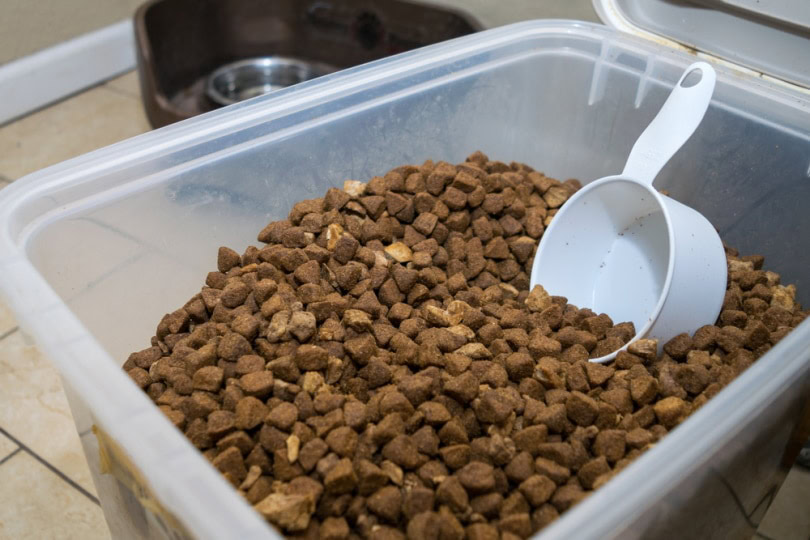
3. Wet vs. Dry Food
After opening a bag of dry dog food, you need to use a clip or tape to seal the bag after use if it isn’t resealable. This will ensure proper freshness and keep the quality of your dog’s food high. Put the bag back into its cool, dry place, and be sure it’s closed.
Alternatively, when it comes to opened wet food, it should be stored in the fridge. Keep a bag or reusable can lid over the wet food to keep it safe from leaking or contamination from other food. You can store dry or wet food in the freezer if the food will be left for some time, but this could compromise its quality if left for too long.
4. Keep Containers Clean
If you are using a separate container to store your dry dog food, remember to keep it clean regularly. This means emptying it out completely to remove any old pieces of dog food sitting at the bottom, washing it, and allowing it to dry before the next refill.
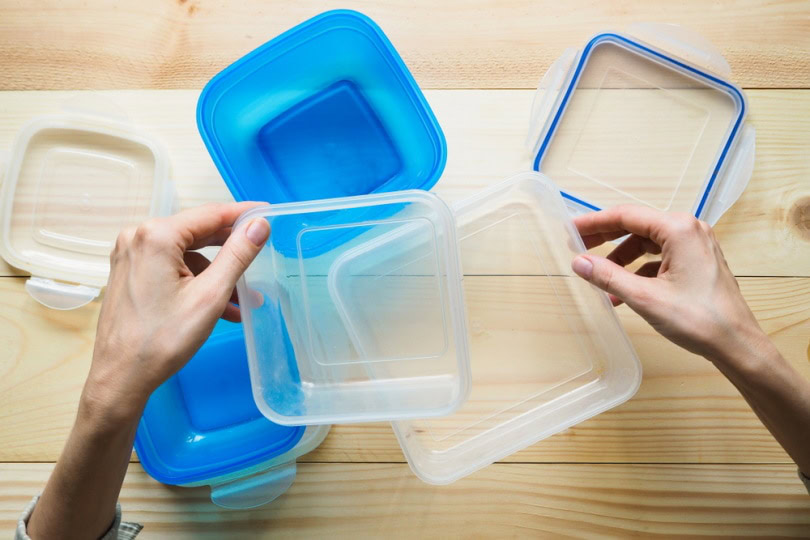
5. Use Food by Best Before Date
Look at the container of wet or dry dog food to see the best-before or expiry date on it. These dates should be considered when you think about how long the food is sitting out or being used. If these dates are passed, you might notice dry dog food becoming stale or losing its aroma, whereas wet dog food might be discolored, hardening, or forming slimy substances along the top. Unopened canned food is generally more shelf-stable, but you might notice your pup turning its nose up to it after a while.
6. Store Away from Water Sources
It’s important to think about where you’re putting your dog food in your home. Keep dry dog food in paper bags away from damp basements that might have small water leaks every now and then. You should also keep food, wet or dry, away from direct sunlight. This type of condition can also result in quicker spoiling and high moisture levels. Food sitting near water or kept in humid places can easily become moldy.
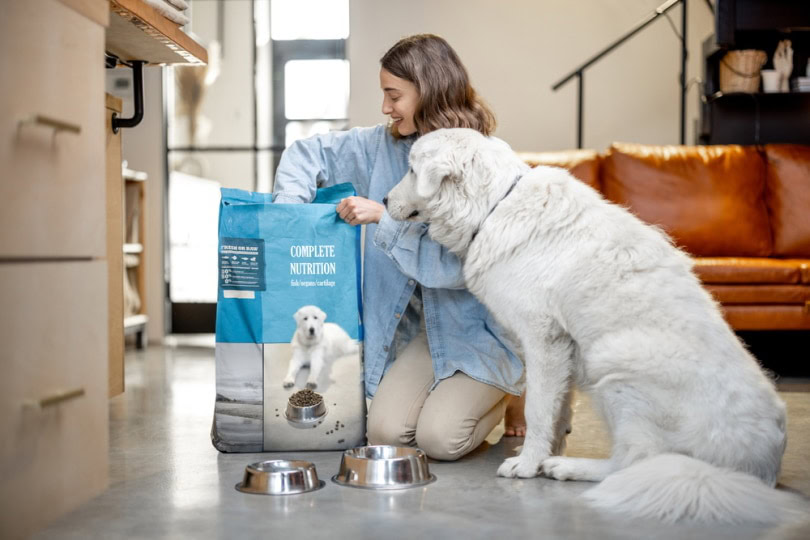
7. Don’t Mix Old and New Food
Something many pet parents don’t think of when they are switching from an old bag of dog food to a new one is to refrain from mixing the two together. For example, if you buy a new bag of dry dog food, completely clean out the container of the old food and wash and dry it before adding the new batch.
Think about your dog’s food bowl; if you just keep pouring new food over old food without clearing it out, they might be eating rancid, stale, polluted, or even spoiled old food. This is unappetizing for your dog, but it could potentially make them sick, too.
8. Keep Food Fresh
Other than using food by its expiry date, you should also consider other ways you can keep it at its freshest. When you buy bags of dry food, don’t leave the bag open to sit out all day and night. With wet dog food, you don’t want to keep open cans lying around on your counter for hours on end. If you can’t remember how long something has been sitting, it’s safer to throw it out!

Final Thoughts
There are lots of things to consider when storing dog food. How you store it depends on the type of dog food as well as whether or not you are leaving it in the original container or transferring it to a new container. Just be sure to keep air and moisture out of the food as well, which could cause it to spoil more quickly.
Featured Image Credit: SURKED, Shutterstock
